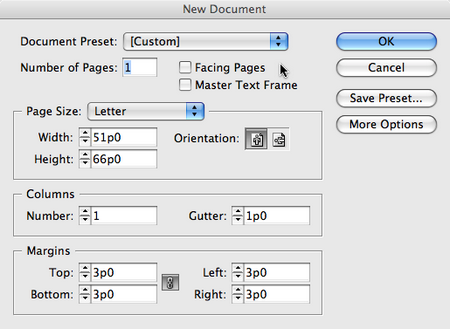
- Indesign data merge avery labels how to#
- Indesign data merge avery labels zip#
- Indesign data merge avery labels free#
- Indesign data merge avery labels mac#
Indesign data merge avery labels mac#
I’m on a mac and pulling my logos from a file on the server.


when i look at the list, it’s ever single one. I can not figure out why my indesign tells me that some of my images are missing and that when i do the data merge it will give me a list of them all. I’m trying to use the automation to variably place opponent logos onto each ticket. My excel sheets can get rather confusing (day, date, time, opponent, game #) for each ticket, and sometimes we have about 6 tickets per page and up to 40 or so games. I create season ticket books, so i design the first page, and use data merge to create my other pages. So I use data merge practically every day.
Indesign data merge avery labels how to#
We’ll cover how to set up your InDesign document in next week’s blog. Notice that the first line of the data must list the names of each field you’ll use these in your InDesign layout to designate where the variable data will go. Open up your data-source file (for example, the Excel document shown below), and save it, if necessary into a tab-delimited text (.txt) or into comma-delimited text (.csv) file. The merged document is the InDesign document that contains the boilerplate information, repeated as many times as it takes to accommodate each record selected from the data source. It may also contain other boilerplate information, in this case the reminder letter copy, that remains the same in each iteration of the data merge. Here are two more bits of terminology: The InDesign document that contains data-field placeholders is called the target document. A record is the complete set of fields that extend across a row of the data: Each field is separated with a tab or comma character, and each record is ended with a return character.
Indesign data merge avery labels zip#
A field is a category of information – for example, an address or a zip code. If you’re not familiar with data sources, it’s helpful to understand their language: A data-source file (which contains the structured information of a database or spreadsheet) is made up of fields and records. It will use the same data as the reminder card. For our example, we’ll imagine that after the exam, the veterinary hospital sends out an examination certificate which is printed 4-up on a page. But frequently we want to print multiple instances of the data on a single sheet. These cards display the variable data all on one page. And there will be three different images used, depending on if the pet is a cat, a dog or a bird. The reminder card will have variable data for the name of the pet, the date of the last visit, and so on. We’ll be creating two documents for an imaginary veterinary hospital: The first is a card to remind its clients that their pet needs to be brought in for its annual checkup.
Indesign data merge avery labels free#
It pointed to a free article on Data Merge from InDesign Magazine by Rufus Deuchler.) (David also posted a blog entry in December 2006, answering a question about Data Merge.

We’ll also cover including images in the data, and laying it out with multiple records per page. In subsequent weeks (I’m hoping to post weekly), I’ll cover creating frame placeholders in InDesign, importing the data and previewing it. Today, I’ll describe what I’ll be creating in this series, and introduce you to preparing data for Data Merge. Instead I’ll spread this description over several weeks. You can, of course, do a mail merge in Word, but in InDesign, you have access to all its typographic refinements.ĭata Merge can’t be described adequately in a single blog entry. But you can use a wide range of sources: Any data source that can create comma- or tab-delimited text is fair game (including Excel spreadsheets, database files, or Microsoft Word documents with tabbed text). The data for the personalization comes from the structured information in a database. It arrived as a stealth feature in InDesign CS2 with little fanfare.ĭata Merge can create documents which have personalized, or variable, information such as business cards, mailing labels, form letters, even simple catalogs. This feature originated in Adobe PageMaker, and was enhanced and brought into InDesign CS if you bought the PageMaker Plug-in Pack. InDesign CS2 has a powerful automation capability that very few people use: its Data Merge feature.


 0 kommentar(er)
0 kommentar(er)
